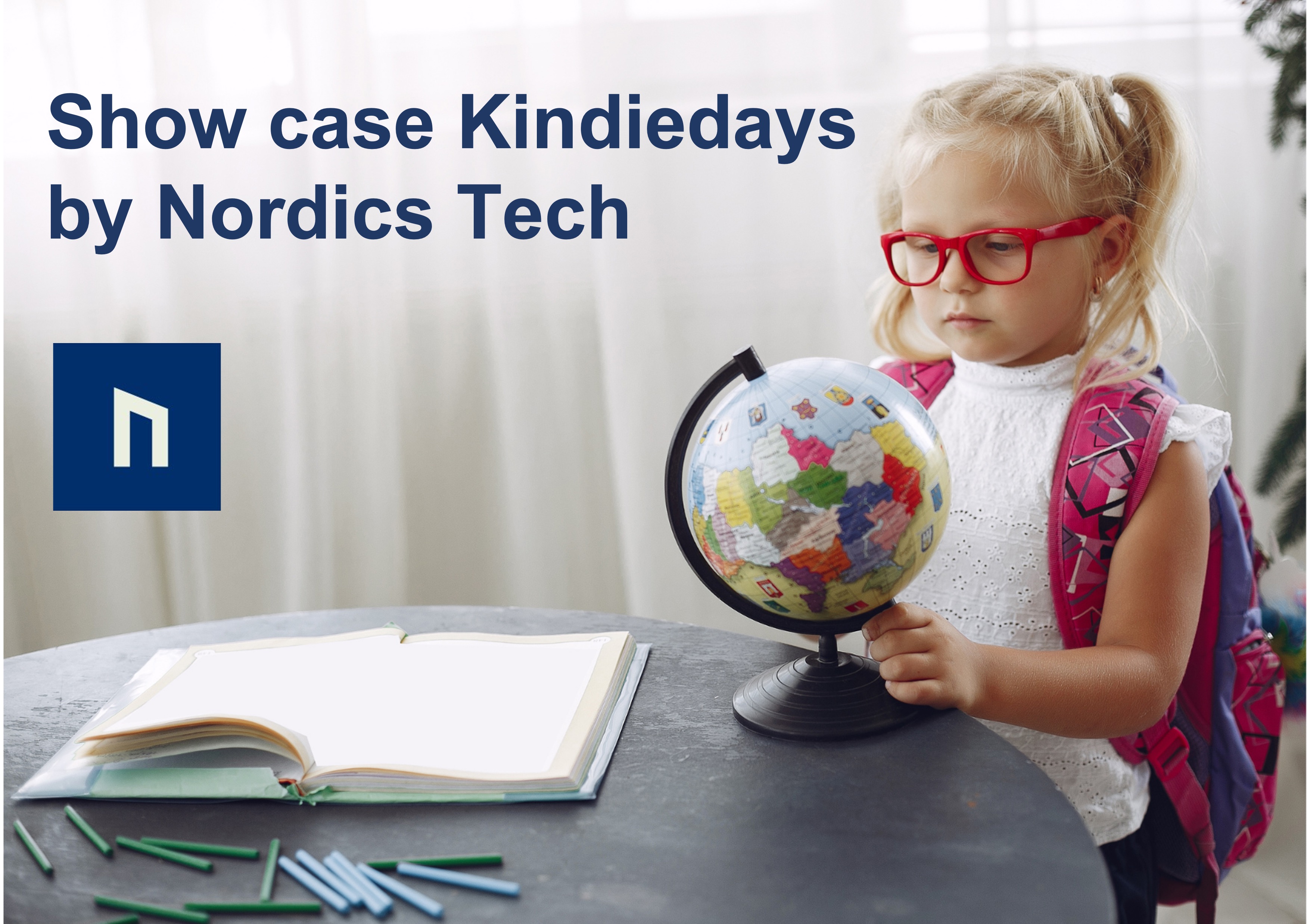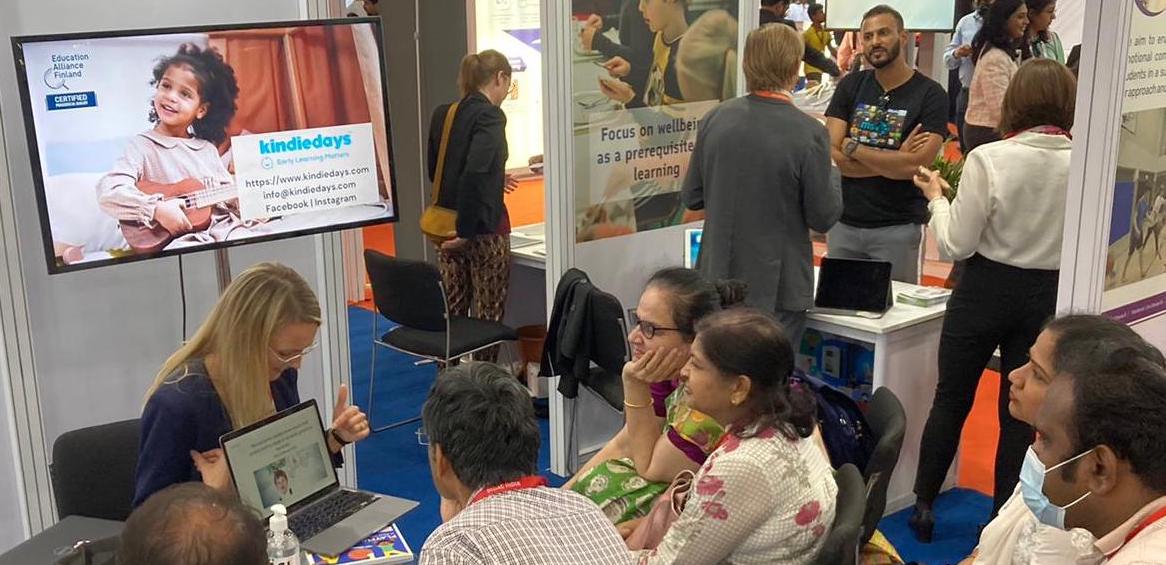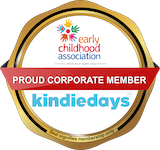Introducing Kindiedays - where the magic of playful learning meets cutting-edge technology! 🌟✨

🇫🇮 Born from the globally acclaimed Finnish education system.
🚀 Every child deserves a high-quality education.
🚀 Helping preschools shine, fostering strong parent-educator collaboration, and prioritizing playful learning.
🚀 From being child-centric to ensuring quality, here to redefine early education.
Join the revolution and unlock the endless potential of playful learning! 🚀💡
Read the full Showcase story by Nordics Tech:
.png)
.png)

.png)

